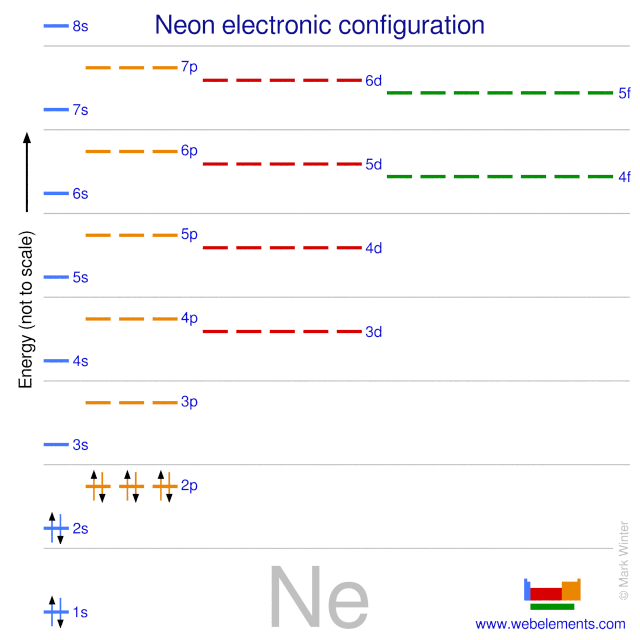

Zooming in would then reveal the details. It is possible to conceal the internals of a compound state by excluding substates from the visualization. The nesting of states in a hierarchy can lead to complicated charts when it is visualized.

Some systems allow the machine to be a parallel state. Technically a statechart itself is usually (at the top level) a compound state itself. The act of grouping states with commonalities into a compound state is called clustering. For example, if five sibling states all have the same transitions to a particular target, it can be beneficial to move those five states into a single compound state, and then move the individual transitions to the compound state. The refinement alludes to the different behaviour encoded in the substates as being a refinement, or specialization of the general behavour of the compound state.Ī group of states can be collected into a compound state to factor out common transitions. The act of changing an atomic state into a compound state (by introducing a substate or two) is called refining the state. The (now) compound state defines the general behaviour, and substates define deviations from this behaviour. The substates only need to define the differences in behaviour.
#ARE COMPOUNDS IN SIMPLE STATES 0 KJ HOW TO#
The newly introduced substates get a chance to override the behaviour by defining how to react to different events. UsageĪn atomic state is often converted to a compound state in order to change its behaviour slightly. For transitions from a compound state to one of its descendantes, it is possible to define a transition that avoids exiting and entering the compound state itself, such transitions are called local transitions. Normally, when a transition leads from a state, it causes that state to be exited. The opposite of a compound state is an atomic state, which is a state with no substates.Ī compound state is allowed to define transitions to its child states. (Technically, the substate exits first, then its parent.)Ĭompound states may be nested, or include parallel states.
When a compound state exits, its substate is simultaneously exited too. When a substate transitions to another substate, both “inside” the compound state, the compound state does not exit or enter it remains active. If a substate happens to handles an event, the event is consumed, it isn’t passed to the parent compound state. When an event happens, the substates have priority when it comes to selecting which transition to follow. Keep in mind that because the units are in kJ/mol, we need to multiply by the stoichiometric coefficients in the balanced reaction equation. Next, we sum up our standard enthalpies of formation. When a compound state is entered, it must also enter exactly one of its substates, usually its initial state. Note that because it exists in its standard state, the standard enthalpy of formation for oxygen gas is 0 kJ/mol. When a compound state is active, its substates behave as though they were an active state machine: Exactly one child state must also be active. If there are more than one substates, one of them is usually designated as the initial state of that compound state. Note how the substates constitute their own state machine, even with an initial state. It has two states A and B as its substates. Here, the state called Off is a compound state. NotationĪ compound state is a normal state with its substates depicted inside the borders of the state itself: A compound state can be thought of as containing its own state machine. It is the main differentiating factor between traditional state machines and statecharts. The energy in large/food calories E (Cal) is equal to the energy in kilojoules E (kJ) times 0.Also known as Composite state and Or stateĪ compound state is a state that includes one or more substates. The energy in 15☌ calories E (cal15) is equal to the energy in kilojoules E (kJ) times 238.9201:Į (cal 15) = 0.6kJ × 238.9201 = 143.352 cal 15 Kilojoules to large/food calories The energy in thermochemical calories E (calth) is equal to the energy in kilojoules E (kJ) times 239.0057:Ĭonvert 0.6 kilojoules to thermochemical calories.Į (cal) = 0.6kJ × 239.0057 = 143.4 cal th Kilojoules to 15☌ calories How to convert from kilojoules to calories Kilojoules to thermochemical calories Large calorie is also called food calorie and is used as a unit of food energy. Large calorie (Cal) is the energy needed to increase 1 kg of water by 1☌ at a pressure of 1 atmosphere. Small calorie (cal) is the energy needed to increase 1 gram of water by 1☌ at a pressure of 1 atmosphere. Kilojoules to calories conversion calculatorĮnter the energy in kilojoules, select calorie unit type and press the Convert button: Enter energy in kilojoules:Ĭalories to kJ conversion ► Small & large calories Kilojoules (kJ) to calories (cal), energy conversion calculator and how to convert.






 0 kommentar(er)
0 kommentar(er)
